
Blogging For Business: Is it Worth in 2024?
Blogging has become an integral part of digital marketing strategies for businesses of all sizes. Creating valuable blog content helps

Blogging For Business: Is it Worth in 2024?
Blogging has become an integral part of digital marketing strategies for businesses of all sizes. Creating valuable blog content helps

Guest Blogging: What is it, It’s Benefits & Risks & Best Tools
Guest blogging is a powerful content marketing strategy that can help SaaS companies boost their online presence, build brand awareness,
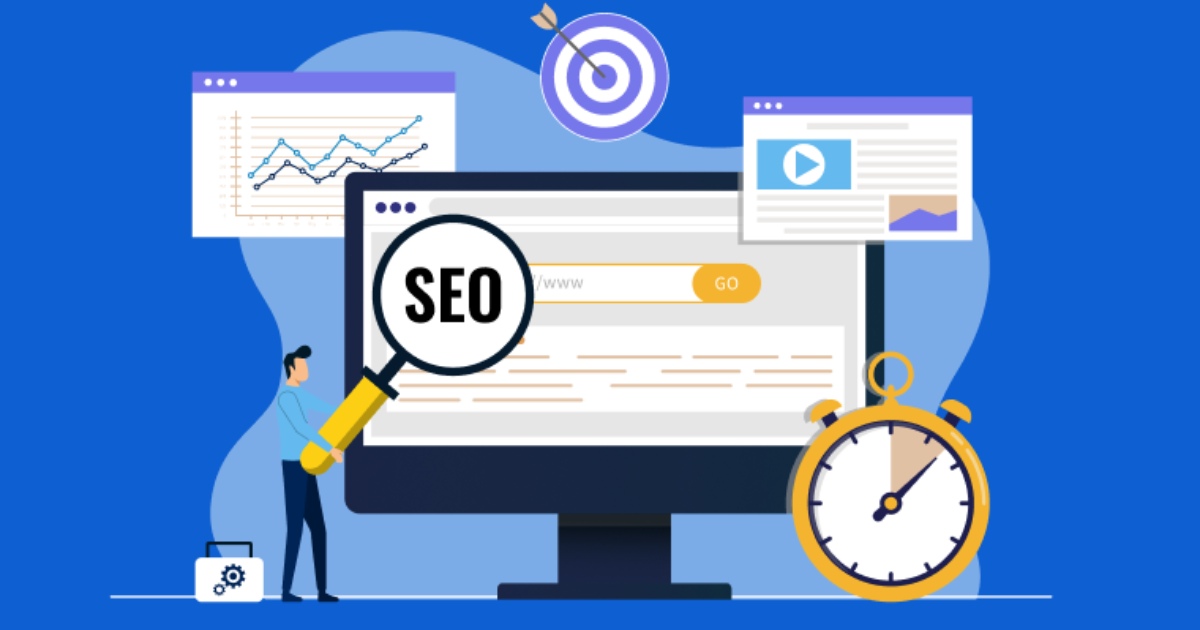
On-Page SEO Tools: Your Website’s Best Friend
On-page SEO is super important for a killer SEO strategy. You have to optimize different parts of your website, like

Artificial Intelligence in Mobile App Development: Revolutionizing the Future
Artificial Intelligence (AI) is no longer a futuristic concept—it’s a reality that’s transforming industries across the board, and mobile app
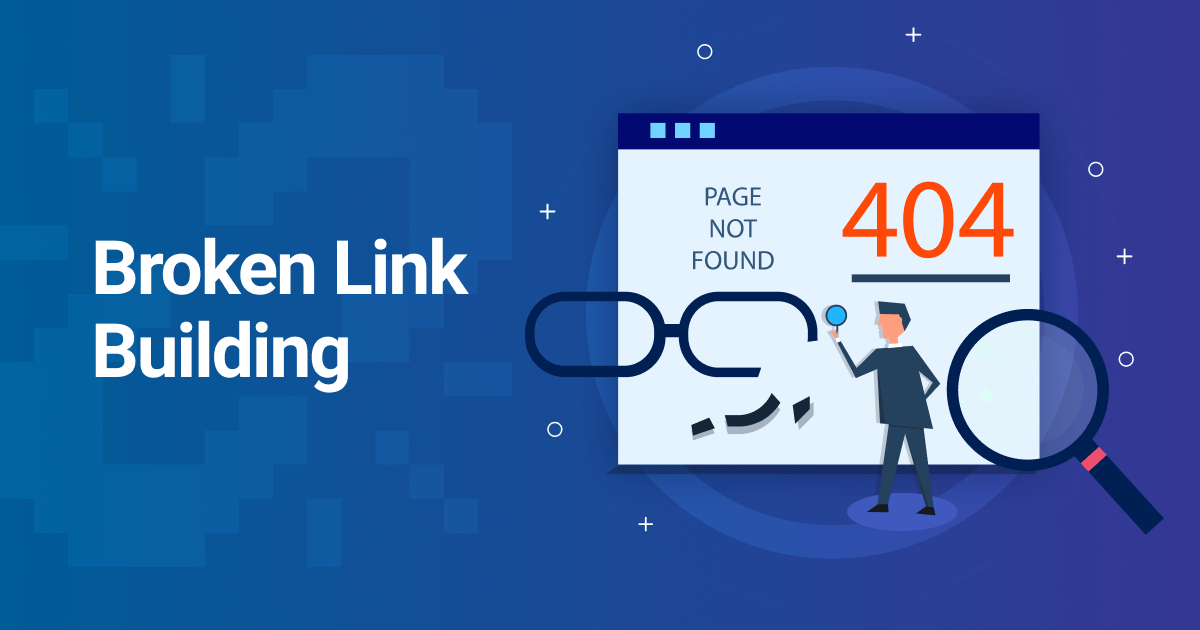
Broken Link Building: What is it, Causes, Tools & Alternatives
Broken link building is a powerful SEO tactic that can significantly boost your SaaS website’s search engine rankings and drive
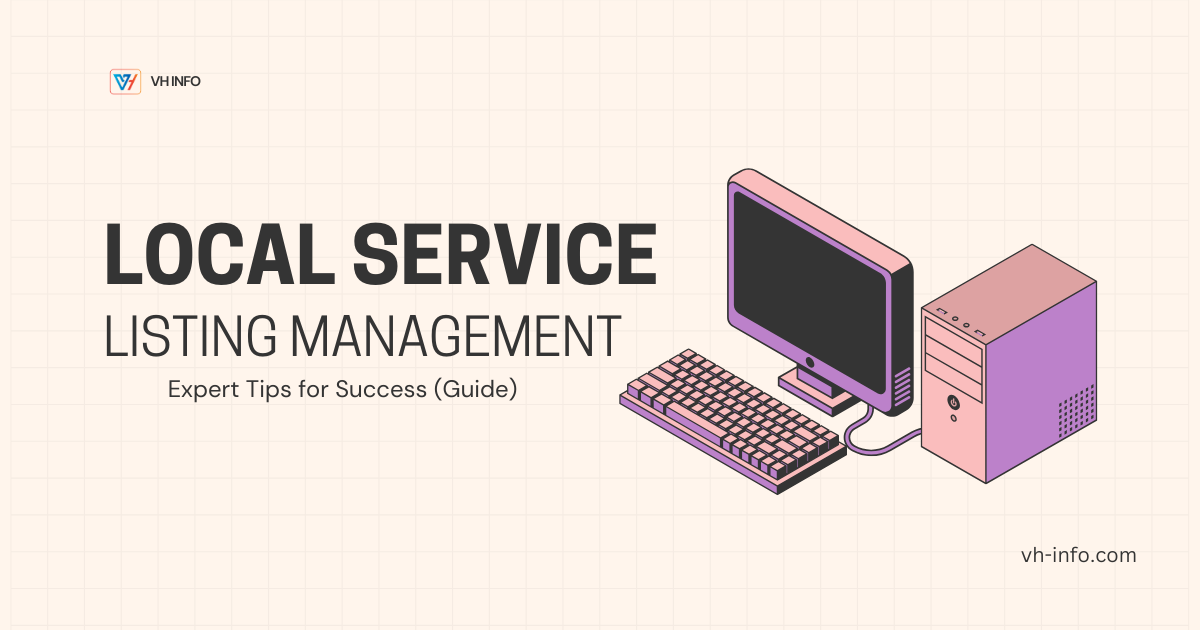
Automation In Small Businesses: How to Leverage It to Boost Operations Efficiency
As an SMB owner, where would you rank investment in artificial intelligence (AI) on your list of priorities? If you

Keyword Cannibalization: Meaning, Tools, How to Find & Fix it?
As a SaaS company, driving organic traffic to your website is important for sustainable growth. However, one often overlooked issue

Natural Link: Characteristics, Benefits & How to Build & Earn It?
In the realm of search engine optimization (SEO), understanding the types of links and their impact is important for enhancing
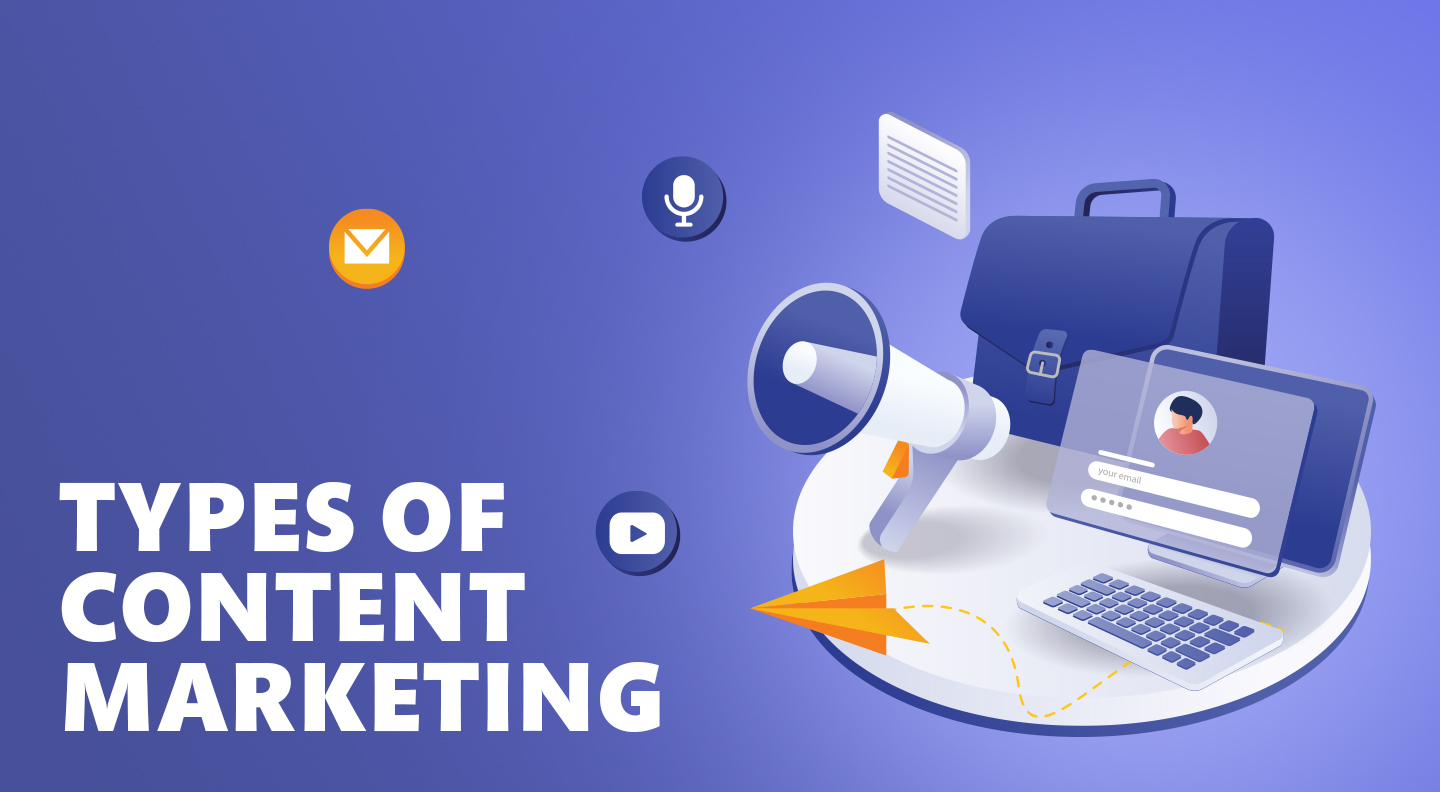
15+7 Types of Content Marketing Strategies For 2024 (+ Tips)
In the fast-paced world of SaaS, understanding the types of content marketing is essential for driving engagement, generating leads, and
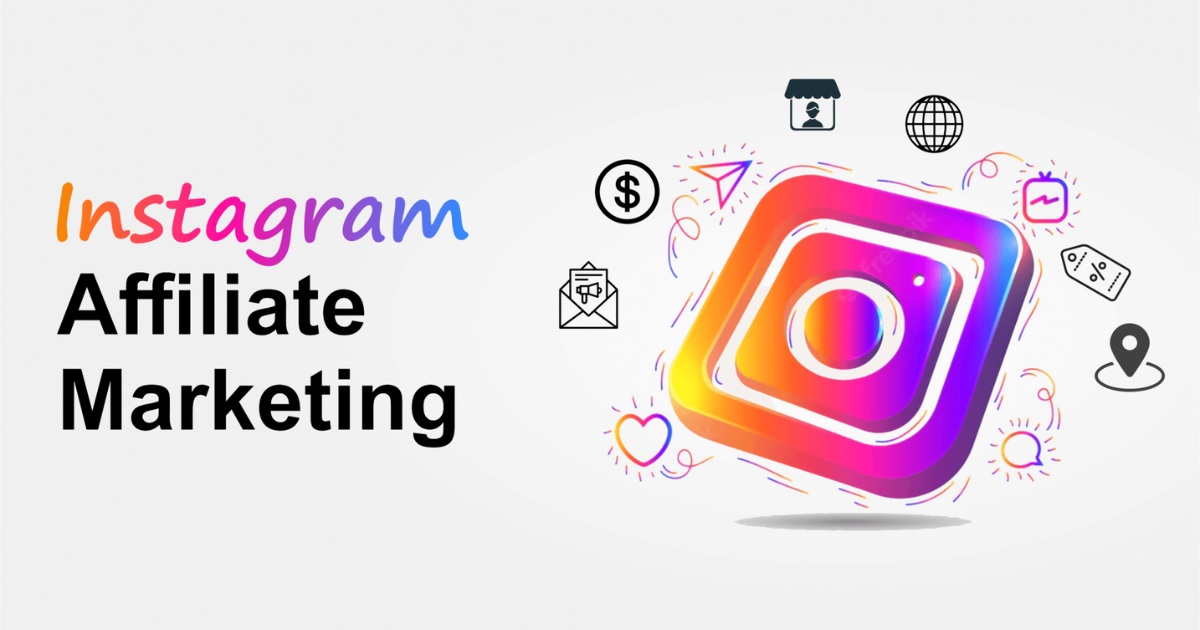
How To Do Affiliate Marketing on Insta: A-Z Steps For First Sale
Instagram is seriously killing it when it comes to affiliate marketing, giving businesses and influencers a rad chance to connect
WHAT WE
3rd floor, VHinfo, QRXG+CG9 Capital Market, Canal Rd, chokdi, Ravapar, Morbi, Gujarat 363641
VH-info © 2025 | All Rights Reserved